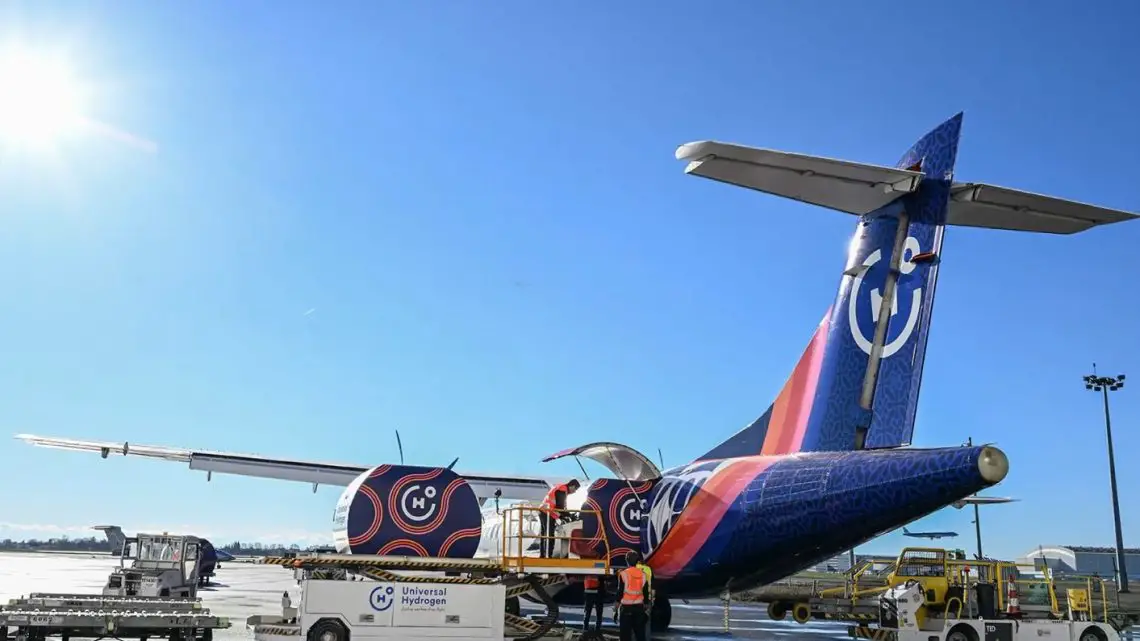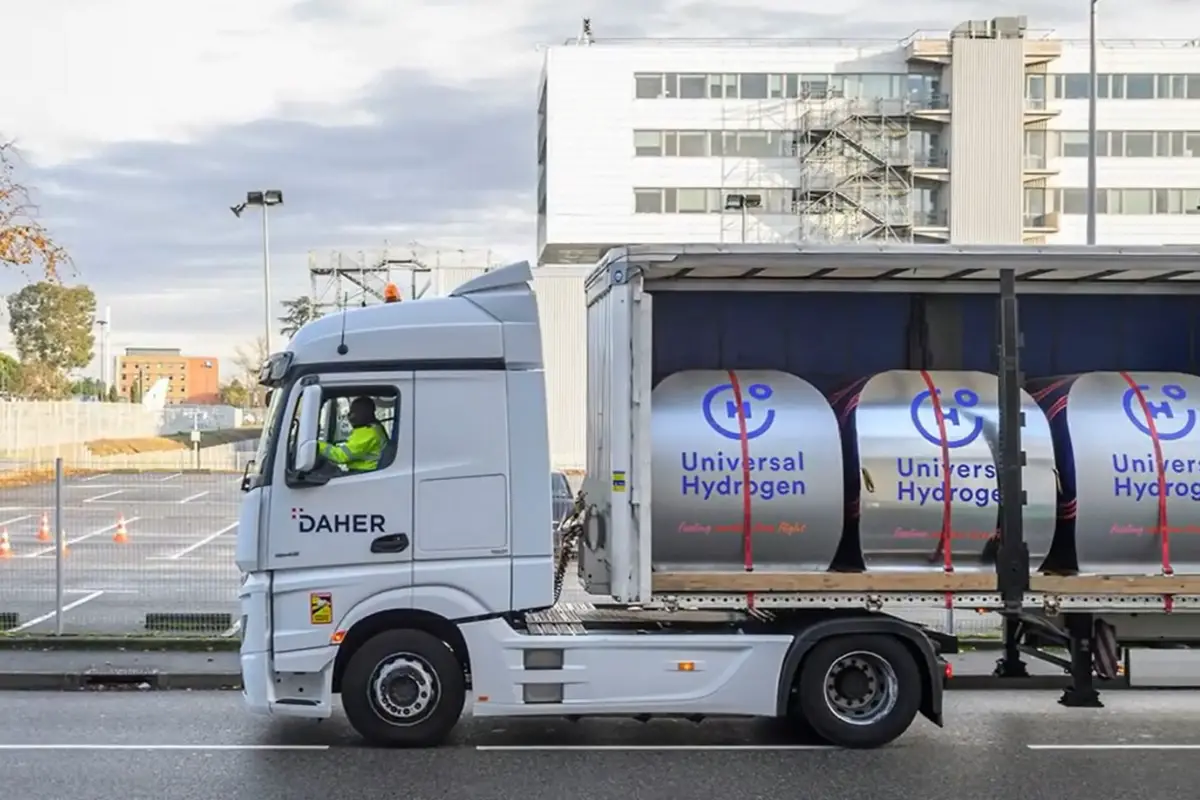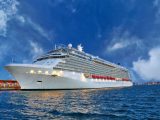
Hydrogen fuel cell Dash-8 commuter plane completes 15-minute flight
March 8, 2023After this successful test, the goal is to achieve certification for passenger flights by 2025.
Universal Hydrogen has announced that it has successfully completed a 15-minute test flight by a hydrogen fuel cell engine powered Dash-8 commuter plane.
Hydrogen is viewed as one of the most promising renewable fuels for the airline industry.
 The company referred to the successful completion of its test flight as “historic” and added that it is “committed to being North America’s first zero-emission airline.”
The company referred to the successful completion of its test flight as “historic” and added that it is “committed to being North America’s first zero-emission airline.”
The plane was equipped with a fuel cell from Plug Power as well as a magniX electric motor. The equipment represents the largest power plant to fly in the history of aviation.
The technology for the zero-emission flight was installed on the left side of the aircraft, keeping a conventional Pratt & Whitney turboprop engine installed on the right wing in the name of “safety of flight” during the test, according to Universal Hydrogen.

The hydrogen fuel cell plane flew with liquid H2 stored in high pressure tanks.
The aircraft’s H2 storage modules are made to contain the fuel under high pressure to keep it liquified for up to 100 hours. The flight involved carrying 30 kilograms (66 pounds) of liquid H2 and two racks of additional sensors and electronics. The Dash-8 underwent substantial modifications in order to accommodate the electric engine and fuel cells.
The turbine engine was used primarily for takeoff, but the second circuit of the flight involved cruising primarily on H2 power. The flight reached an altitude of 3,500 feet.
There was a certain amount of yaw experienced due to the power imbalance, but “the airplane handled beautifully, and the noise and vibrations from the fuel cell powertrain are significantly lower than from the conventional turbine engine,” explained Alex Kroll, chief pilot and former test pilot for the US Air Force.
The hydrogen fuel cell plane’s flight received its approval from the FAA a few weeks ago. That said, it is not the only airline testing this type of technology. British/American company ZeroAvia has already flown with similar configurations on its Dornier 228 twin-engine plane. Larger players including Airbus and Rolls-Royce have also been announcing advancements in developments and testing of their own hydrogen fuel cell designs.
Join in the conversation and help shape the future of hydrogen energy by voting in our poll today – See Below: [forminator_poll id=”57416″]



 With over 15 years of reporting hydrogen news, we are your premier source for the latest updates and insights in hydrogen and renewable energy.
With over 15 years of reporting hydrogen news, we are your premier source for the latest updates and insights in hydrogen and renewable energy.
The electric motor and prop are on the right side of the plane with two side air inlets. The left side of the plane is using the turboprop with aviation fuel and has the traditional base (bottom) air inlet. the tweet that shows the plane flying.
The plane’s right side has two side air intakes, the electric motor, and the prop. The conventional base (bottom) air intake is located on the left side of the aircraft, which is powered by a turboprop engine utilizing aviation fuel. the tweet showing the aircraft in flight.
The plane’s right side has two side air intakes, the electric motor, and the prop. The conventional base (bottom) air intake is located on the left side of the aircraft, which is powered by a turboprop engine utilizing aviation fuel. the tweet showing the aircraft in flight.